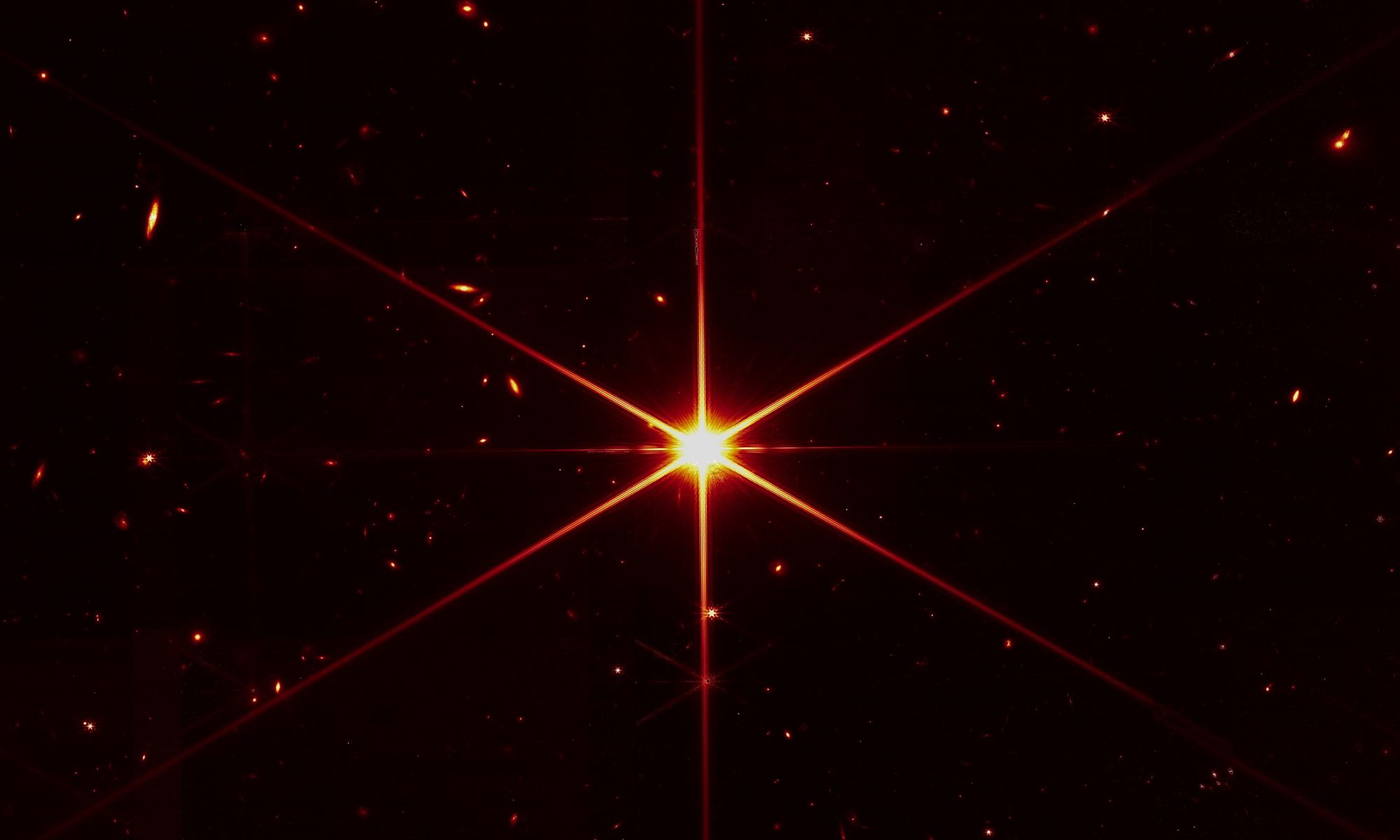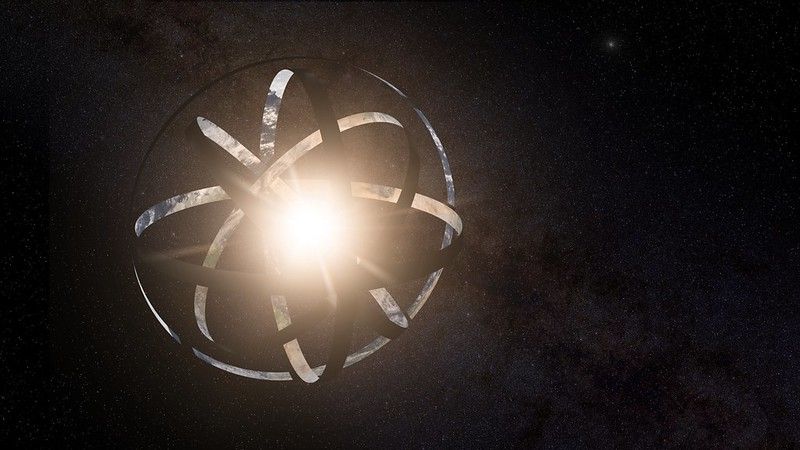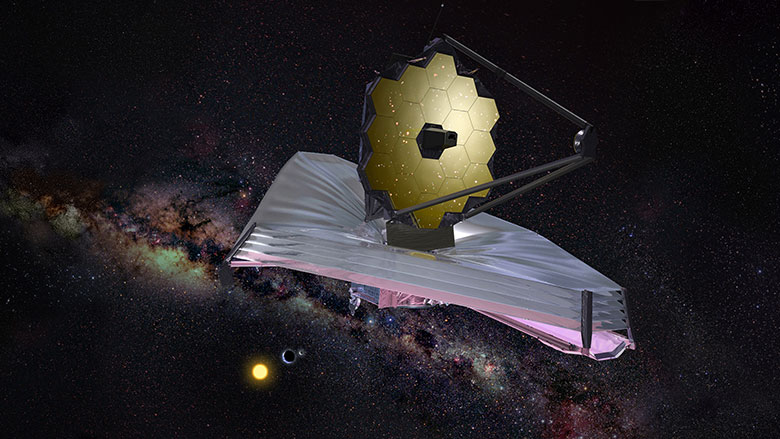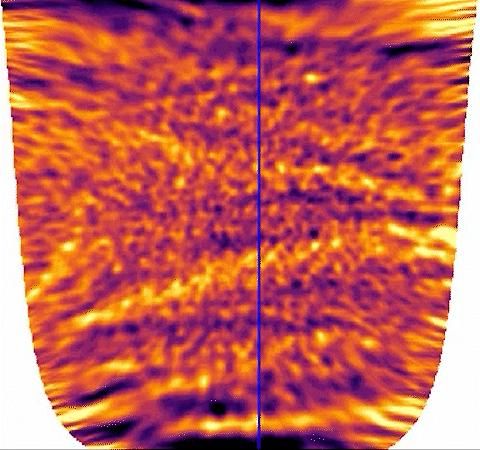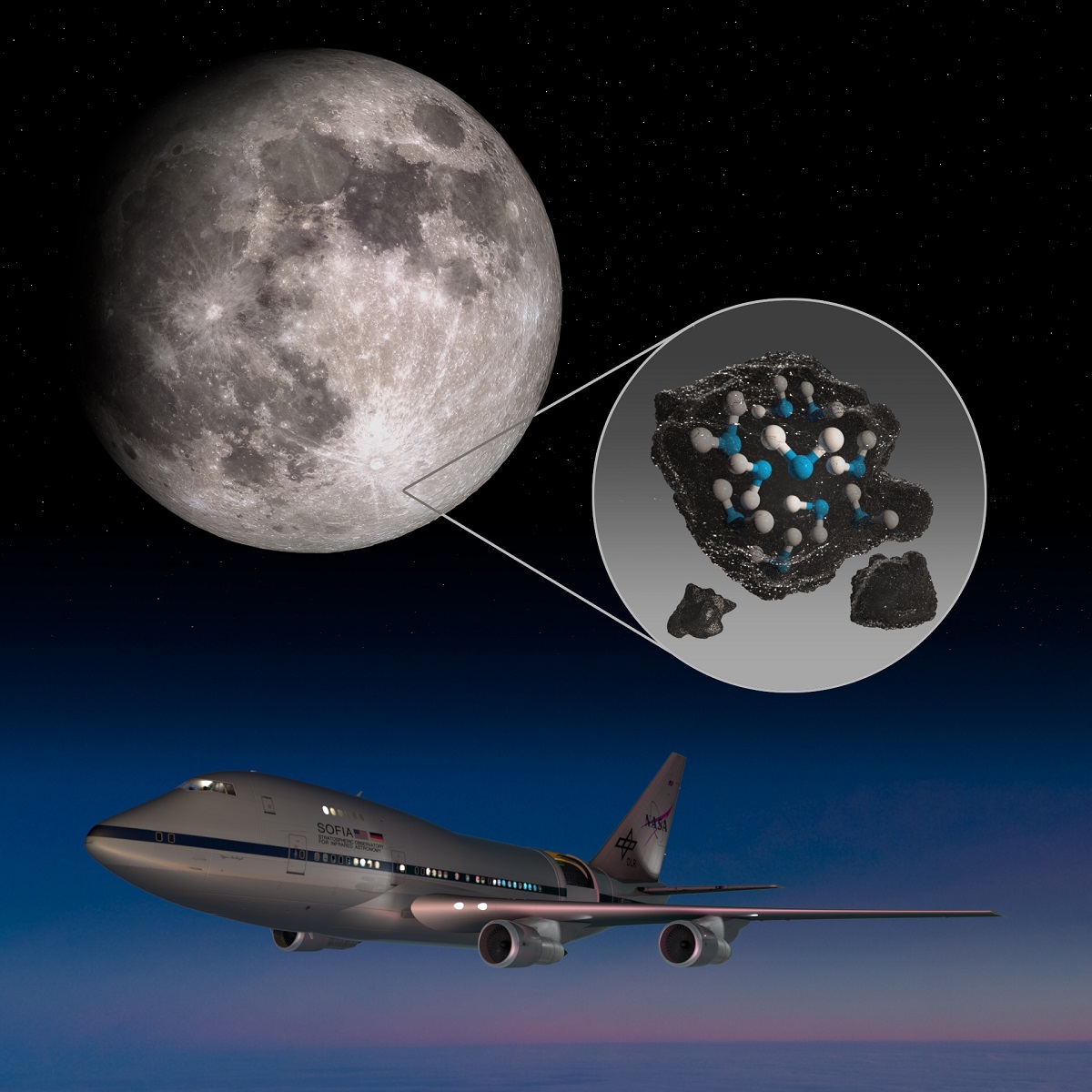At the Space Telescope Science Institute (STSI) in Baltimore, Maryland, NASA engineers are busy aligning the mirrors and instruments on the James Webb Space Telescope (JWST). In the meantime, the mission team has provided us with another glimpse of what this observatory – a successor to the venerable Hubble Space Telescope – will see once it is fully operational. The latest teaser is a “telescope alignment evaluation image” of a distant star that looks red and spiked!
Continue reading “Wondering About the 6 Rays Coming out of JWST's Test Image? Here's why They Happen”Advanced Civilizations Could be Using Dyson Spheres to Collect Energy From Black Holes. Here’s how we Could Detect Them
Black holes are more than just massive objects that swallow everything around them – they’re also one of the universe’s biggest and most stable energy sources. That would make them invaluable to the type of civilization that needs huge amounts of power, such as a Type II Kardashev civilization. But to harness all of that power, the civilization would have to encircle the entire black hole with something that could capture the power it is emitting.
Continue reading “Advanced Civilizations Could be Using Dyson Spheres to Collect Energy From Black Holes. Here’s how we Could Detect Them”James Webb’s Upper Stage is off to the Launch Site
In November (or early December) of this year, after many excruciating delays, NASA’s James Webb Space Telescope (JWST) will finally launch to space. As the most advanced and complex observatory ever deployed, the James Webb will use its advanced suite of instruments to observe stars, exoplanets, and galaxies in the near and mid-infrared spectrum. In the process, it will address some of the most enduring mysteries about the nature of the Universe.
When the time comes, the James Webb will fly aboard an Ariane 5 rocket from the European Space Agency (ESA) launch facility near the town of Korou, French Guayana. Overnight on August 17th, 2021, the upper stage of that Ariane 5 began making its way in its cargo container from the ArianeGroup facility in Bremen, Germany, to Neustadt port, where it will board a ship bound for the ESA spaceport in French Guiana.
Continue reading “James Webb’s Upper Stage is off to the Launch Site”Observing the Night Side of Venus is Actually Pretty Tricky
Observing the dark side of planets is hard. In the visible spectrum, they are almost unobservable, while in the infrared some heat signatures may come through, but not enough to help see what is going on in a planet’s atmosphere. Now a team from the University of Tokyo think they’ve developed a way to monitor weather patterns on the night side of one of the most difficult planets of all – Venus.
Continue reading “Observing the Night Side of Venus is Actually Pretty Tricky”Nancy Grace Roman Telescope is Getting an Upgraded new Infrared Filter
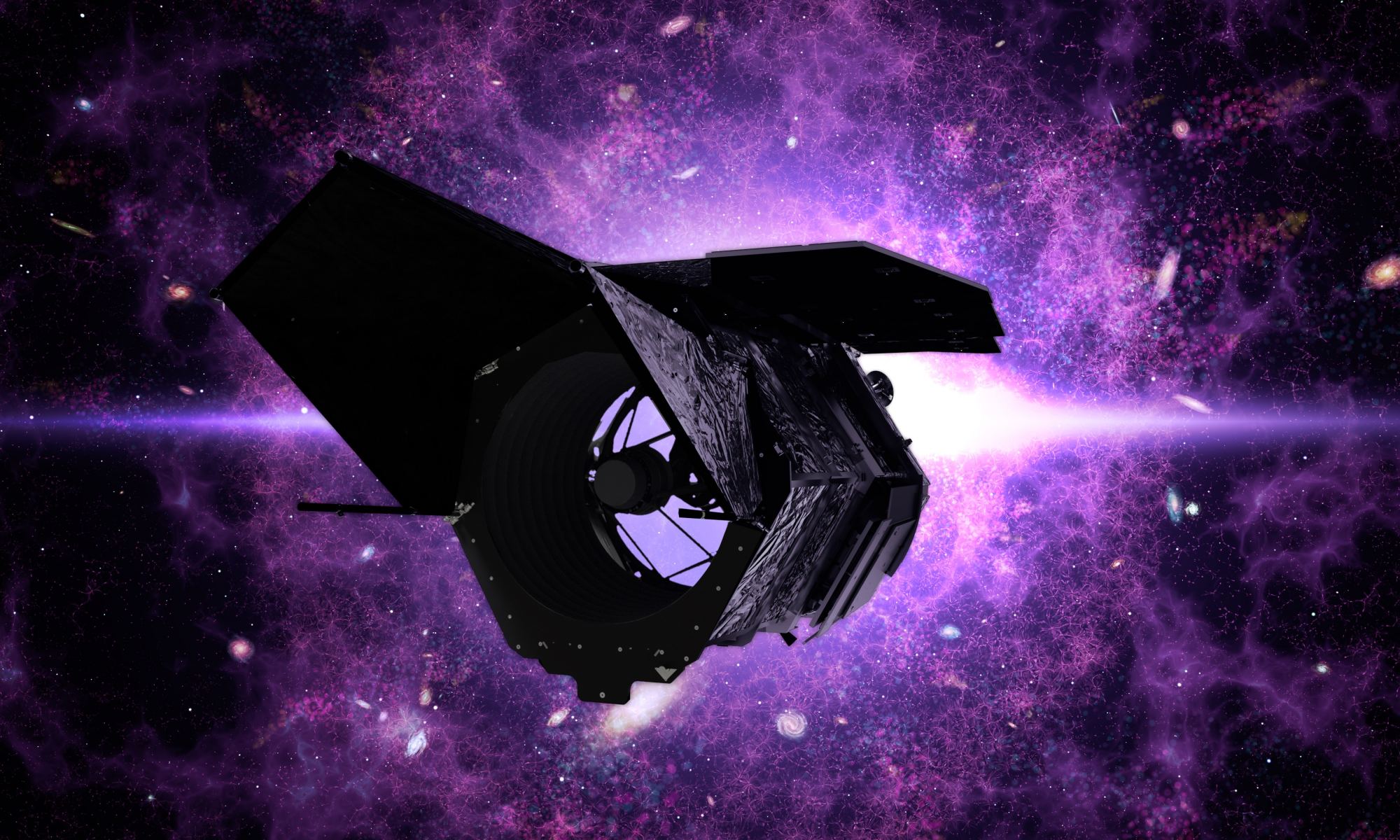
In 2025, the Nancy Grace Roman space telescope will launch to space. Named in honor of NASA’s first chief astronomer (and the “Mother of Hubble“), the Roman telescope will be the most advanced and powerful observatory ever deployed. With a camera as sensitive as its predecessors, and next-generation surveying capabilities, Roman will have the power of “One-Hundred Hubbles.”
In order to meet its scientific objectives and explore some of the greatest mysteries of the cosmos, Roman will be fitted with a number of infrared filters. But with the decision to add a new near-infrared filter, Roman will exceed its original design and be able to explore 20% of the infrared Universe. This opens the door for exciting new research and discoveries, from the edge of the Solar System to the farthest reaches of space.
Continue reading “Nancy Grace Roman Telescope is Getting an Upgraded new Infrared Filter”James Webb Unfolds Sunshield
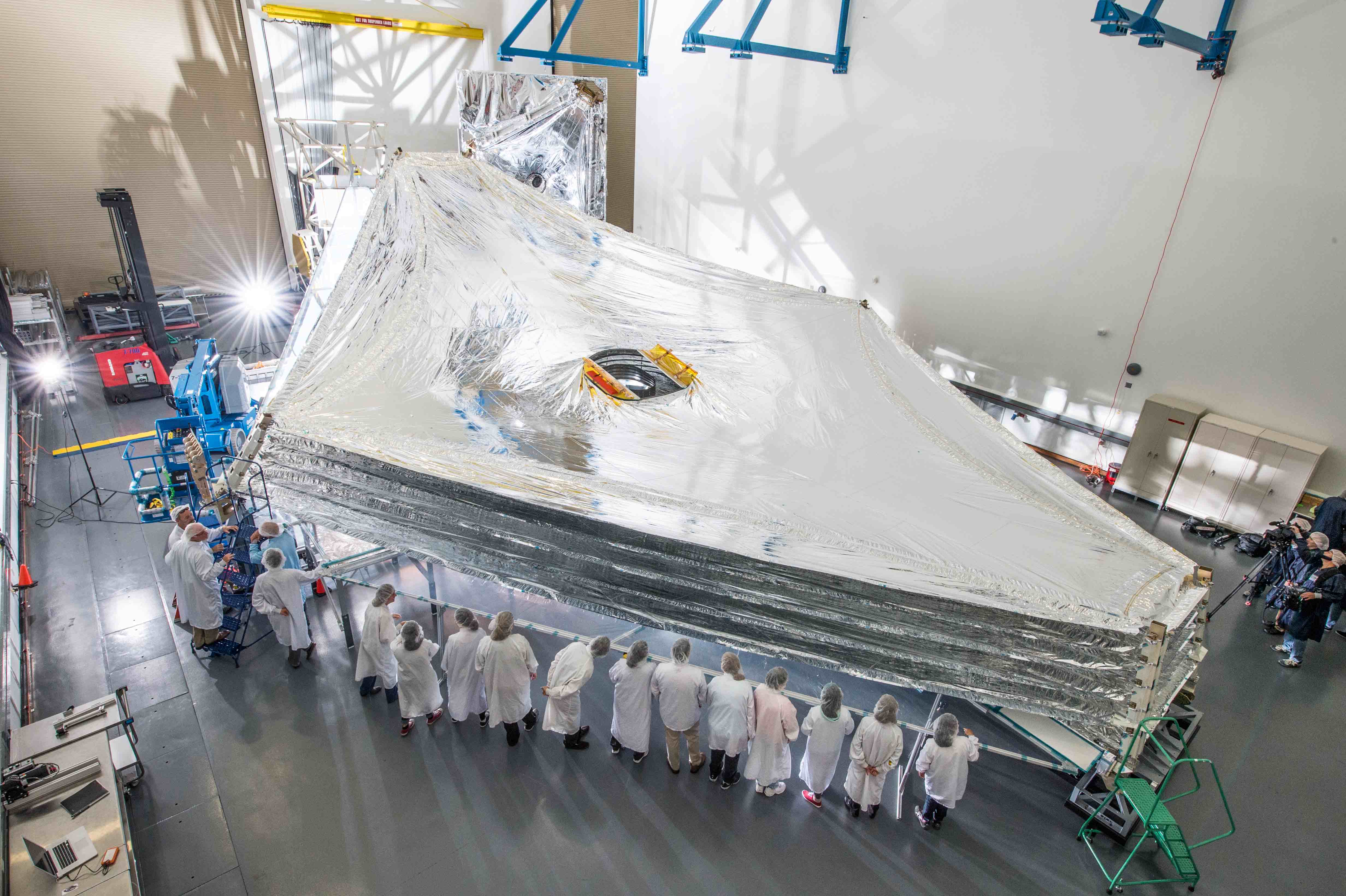
It’s almost time.
Soon the James Webb Space Telescope will be on its way to the Sun/Earth L2 Lagrange point and will begin its at least 5-year science mission. Really, it’s going to happen.
Despite several delays since the program began in 1996 and a budget that has exceeded the original by several billion dollars, the launch of the JWST seems close at hand. That is if you consider almost a year away (the new planned launch date is October 31, 2021) to be close.
Continue reading “James Webb Unfolds Sunshield”NASA Announces the Discovery of Water in the Sunlit Parts of the Moon
For decades, astronomers have speculated that there may be water on the Moon. In recent years, this speculation was confirmed one orbiting satellite after another detected water ice around the Moon’s southern polar region. Within this part of the lunar surface, known as the South-Pole Aitken Basin, water ice is able to persist because of the many permanently-shadowed craters that are located there.
But until now, scientists were operating under the assumption that lunar water was only to be found in permanently shadowed craters. But thanks to NASA’s Stratospheric Observatory for Infrared Astronomy (SOFIA), water has been observed on the sunlit side of the Moon for the first time. This discovery indicates that water may be distributed all across the lunar surface, and not limited to the dark corners.
Continue reading “NASA Announces the Discovery of Water in the Sunlit Parts of the Moon”Nancy Roman Telescope’s Primary 2.4-Meter Mirror is Ready

The Nancy Roman Telescope has reached another milestone in its development. NASA has announced that the space telescope’s primary mirror is now complete. The 2.4 meter (7.9 ft) mirror took less time to develop than other mirrors because it wasn’t built from scratch. It’s a re-shaped and re-surfaced mirror that came from the National Reconnaissance Office.
Continue reading “Nancy Roman Telescope’s Primary 2.4-Meter Mirror is Ready”James Webb Completes a Comprehensive Systems Test for the First Time
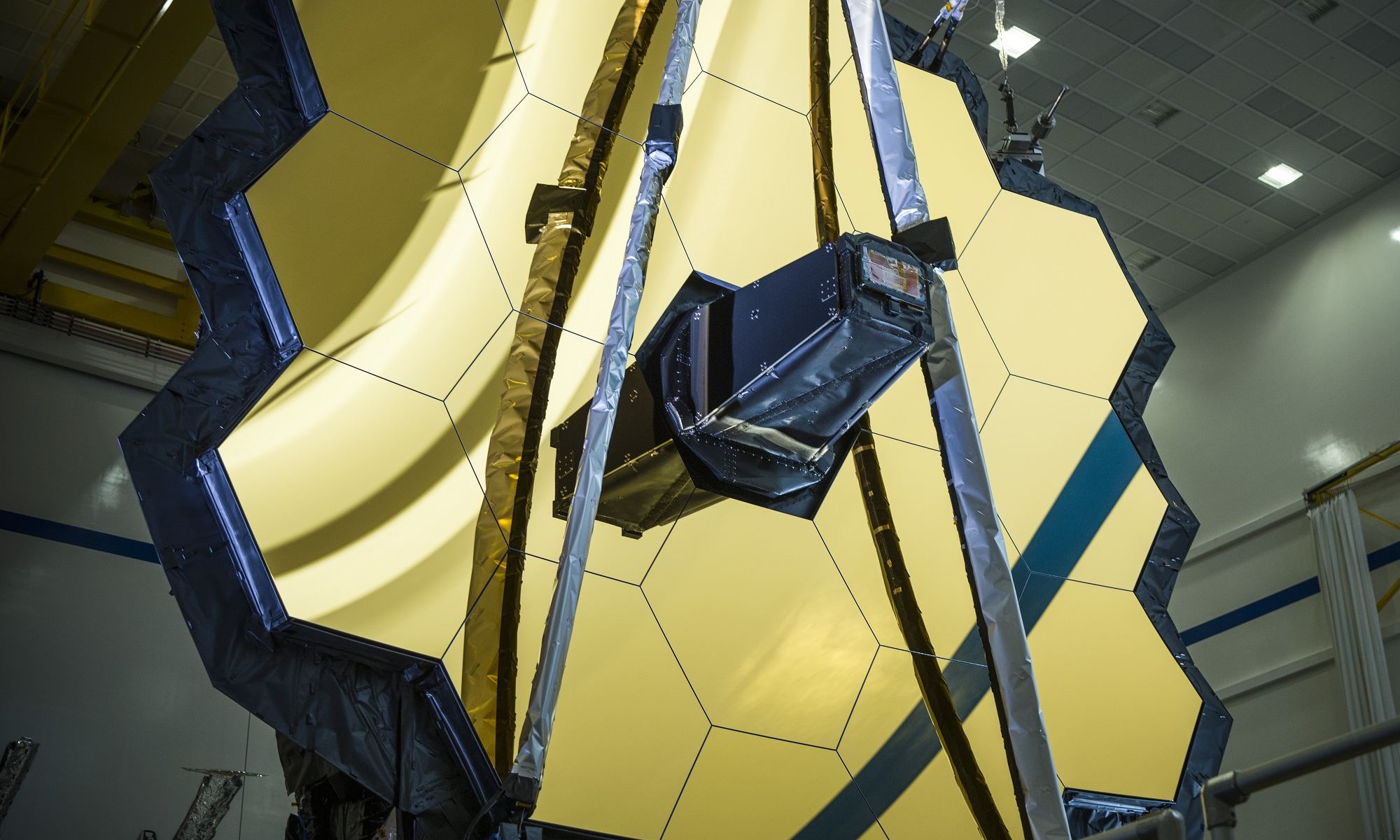
In 1996, NASA began working on the James Webb Space Telescope (JWST), a next-generation infrared observatory that would be a total game-changer. And next year, after multiple delays, cost overruns, and exhaustive testing, the observatory will finally take to space. Despite an additional delay forced by the outbreak of COVID-19, NASA recently announced that it is targeting Oct. 31st, 2021, as the launch date.
In other good news, teams at NASA’s Goddard Space Flight Center took advantage of the fact that the JWST is now fully-assembled to conduct the highly-critical software and electrical analysis known as the Comprehensive Systems Test (CST). This was the first time that a full systems-evaluation was conducted on the fully-assembled vehicle, and will help ensure that the JWST will function in space when the time comes!
Continue reading “James Webb Completes a Comprehensive Systems Test for the First Time”What Telescope Will Be Needed to See the First Stars in the Universe? The Ultimately Large Telescope
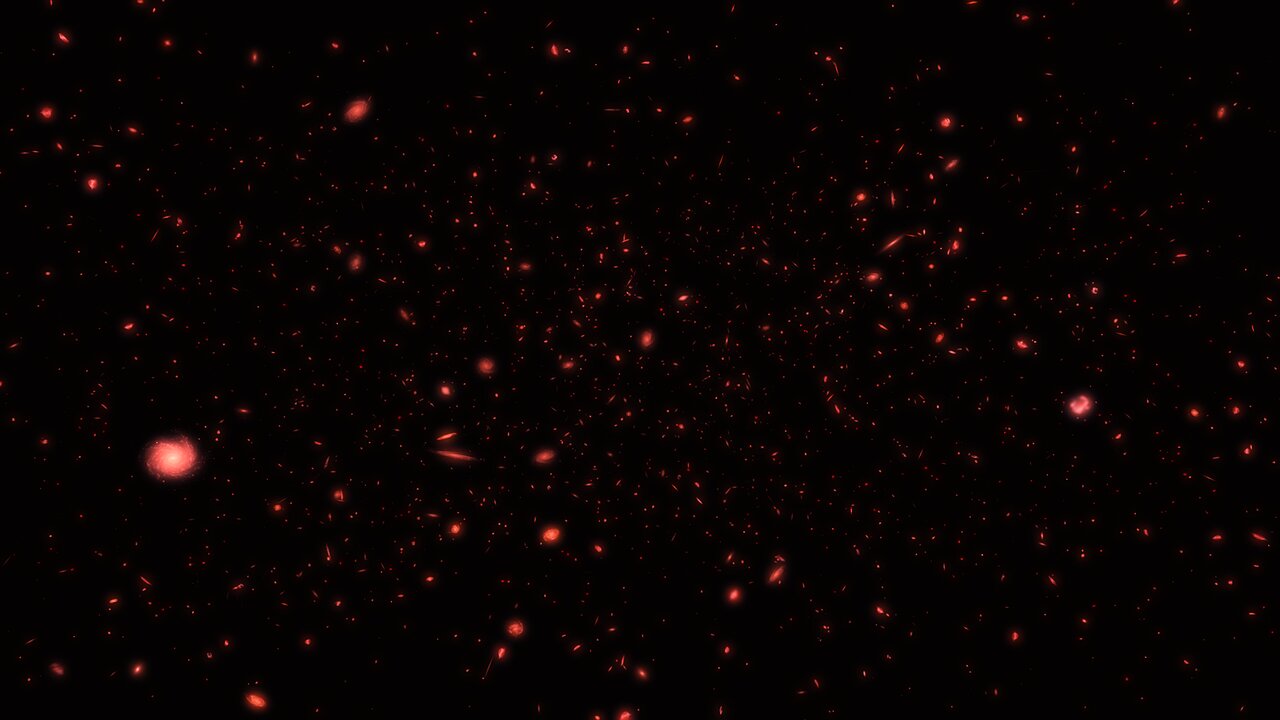
The oldest stars in the Universe are cloaked in darkness. Their redshift is so high, we can only wonder about them. The James Webb Space Telescope will be our most effective telescope for observing the very early Universe, and should observe out to z = 15. But even it has limitations.
To observe the Universe’s very first stars, we need a bigger telescope. The Ultimately Large Telescope.
Continue reading “What Telescope Will Be Needed to See the First Stars in the Universe? The Ultimately Large Telescope”
